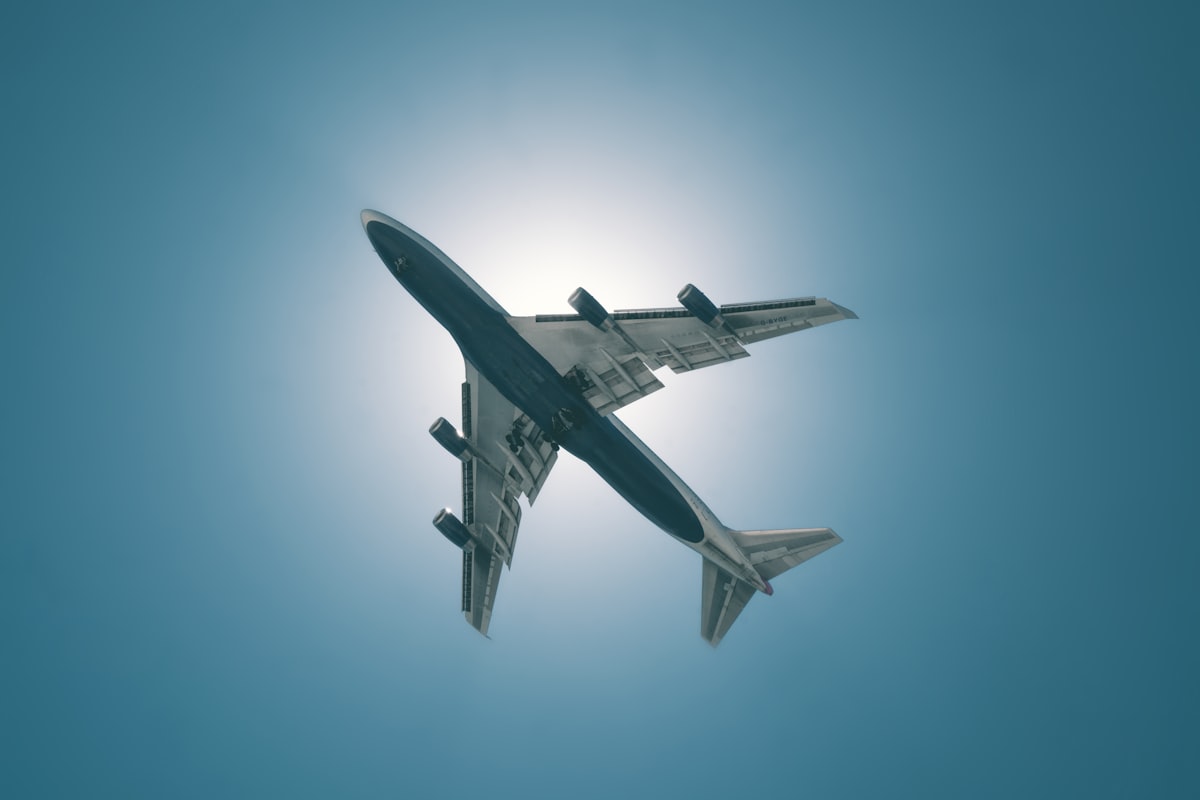How to get to the Felipe Angeles International Airport by public transportation?
In Mexico City and the State of Mexico, there are several routes to take public transportation to Felipe Angeles International Airport, depending on the distance, time, and price.





